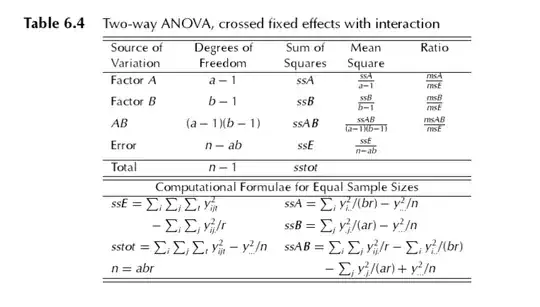In a number of texts both Pearson and deviance residuals (or their standardized versions, for example, Sheather (2009)) are used to plot against predicted values. When it comes to the comparison between these two types residuals, deviance residuals is preferred over Pearson residuals. As an explanation of why this is the case, Simonoff argues that
The Pearson residuals are probably the most commonly used residuals, but the deviance residuals (or standardized deviance residuals) are actually preferred, since their distribution is closer to that of least squares residuals (Simonoff, 2003: 133).
In an earlier and widely cited article, Pierce & Schafer (1986) argued about the superior performance of deviance residuals, concluding that:
The deviance-based residuals are remarkably appropriate, and if continuity corrections are made the discreteness presents no real problem for their use in individual data point diagnostics (Pierce & Schafer, 1986: 985).
They made reference to McCullagh & Nelder's classic text on GLM (1983), where the latter compared adjusted deviance residuals and Pearson residuals in the case of binary data and reached a similar conclusion (p.87).
In both of these texts, the similarity between Anscombe and (adjusted) deviance residuals and their performance in terms of approximating normality is emphasized. They are considered successful in "producing residual structures that are: centered at zero, have standard error of one, and are approximately normal" (Gill, 2001: 59). As far as I understand, this is not the case for Pearson residuals which are more skewed compared to deviance residuals. However, @Scortchi's answer to this question highlights an important point: "the deviance (or Pearson) residuals are not expected to have a normal distribution except for a Gaussian model."
Gill, J., 2001. Generalized Linear Models: A Unified Approach. Sage Publications.
McCullagh, P., Nelder, J.A., 1983. Generalized Linear Models. Chapman and Hall.
Pierce, D.A., Schafer, D.W., 1986. Residuals in Generalized Linear Models. J. Am. Stat. Assoc. 81, 977–986.
Sheather, S.J., 2009. A Modern Approach to Regression with R. Springer.
Simonoff, J.S., 2003. Analyzing Categorical Data. Springer.
